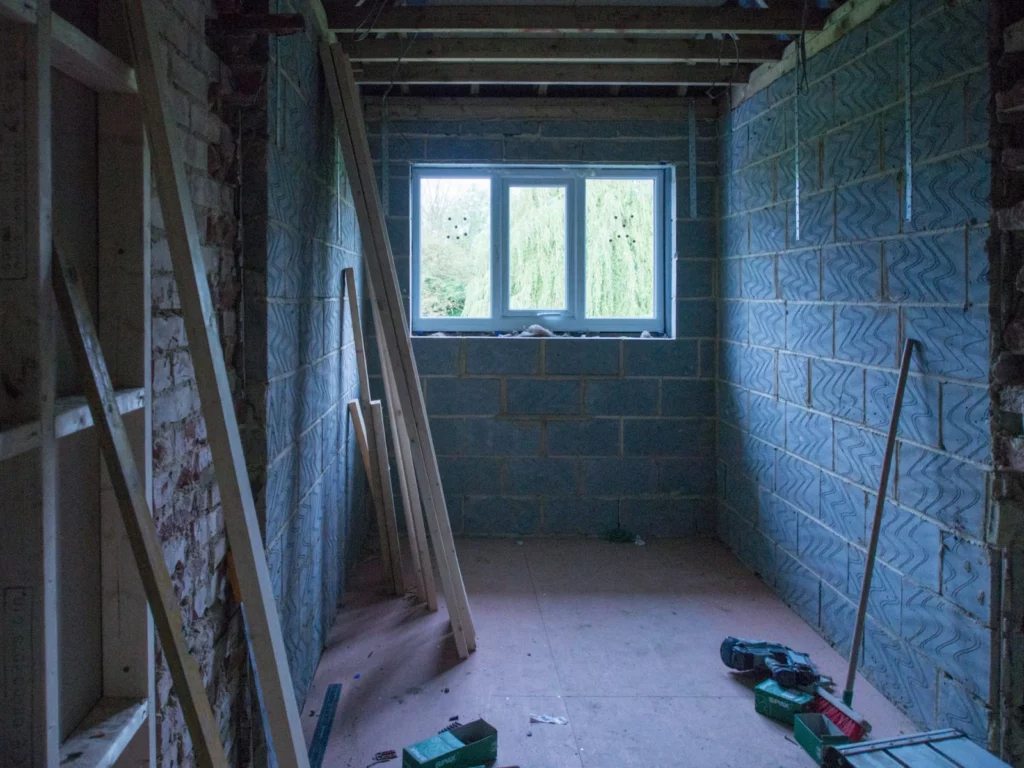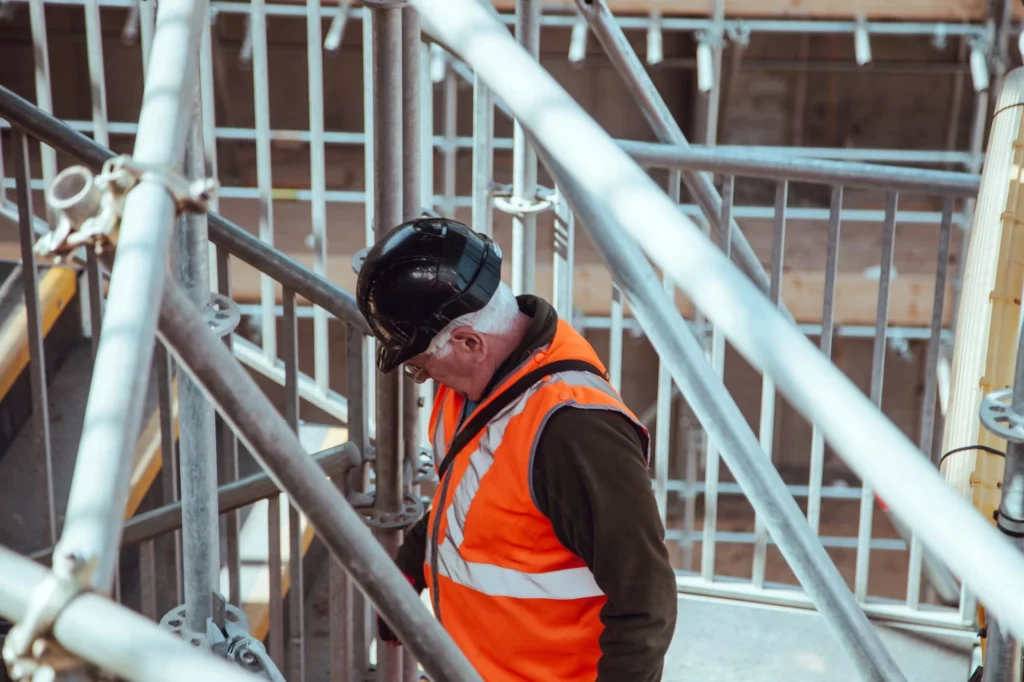Managing asbestos in the workplace is critical for ensuring safety and compliance with Australian regulations. This article explores how to effectively handle asbestos and the importance of a detailed asbestos management plan, considering the various codes of practice across different states and territories.
Recognising Asbestos in Workplaces
In Australia, anyone who manages or controls a workplace, including employers, self-employed individuals, and employees, must be aware of where asbestos-containing materials (ACMs) are present in the workplace and how to appropriately manage the associated asbestos risks.
Common Locations of Asbestos-Containing Materials (ACMs)

Asbestos can be found in numerous places within buildings, such as:
- Interior walls and ceilings
- Exterior wall panels and roofing
- Popcorn ceilings and other textured finishes
- Vinyl floor tiles and lino
- Insulating boards and panels
- Sprayed coatings on structural elements like beams and columns
- Electrical panel boards and insulation
- Fire-resistant doors
- Hot water pipe insulation
- AC system insulation
Trades and Occupations Likely to Encounter Asbestos

Several trades and occupations are likely to come into contact with or work near ACMs, including:
- Asbestos abatement specialists
- Demolition crews
- Roofers
- Construction workers
- AC engineers
- Electrical technicians
- House painters
- Carpenters
- Plumbers and pipefitters
- Plasters
- General contractors and building inspectors
- Commercial fit-out professionals
- Security system installers
- Facilities maintenance staff
- Automotive technicians
The Necessity of an Asbestos Management Plan
Due to the widespread use of asbestos in construction until the late 1980s, many ACMs remain in place, posing health risks if disturbed. This underscores the need for thorough asbestos audits, detailed asbestos registers, and a comprehensive asbestos management plan.
An asbestos management plan is essential for outlining how asbestos will be managed in the workplace. Key components include:
Asbestos Identification and Assessment:
Conducting thorough asbestos audits to identify ACMs.
Keeping an up-to-date asbestos register detailing the location, condition, and type of asbestos.
Risk Management:
Evaluating the risk of asbestos exposure.
Implementing control measures to minimise risk, such as encapsulation, enclosure, or removal of ACMs.
Communication and Training:
Informing all employees and contractors about the presence of asbestos and the procedures for managing it. Providing training for workers who might encounter ACMs.
Emergency Procedures:
Developing procedures for accidental disturbance of ACMs.
Ensuring employees know how to respond to asbestos-related emergencies.
Regular Reviews:
Periodically reviewing and updating the asbestos management plan.
Conducting regular re-inspections of ACMs to monitor their condition.
Compliance with Codes of Practice:

In Australia, different states and territories have specific codes of practice for asbestos management in the workplace. For example, the Queensland code of practice comes under the umbrella of Workplace Health and Safety Queensland. Compliance with these regulations is essential for ensuring employee safety. An asbestos management plan helps businesses adhere to these codes by providing a structured approach to managing asbestos risks.
Managing asbestos in the workplace requires a comprehensive and informed strategy. By developing and implementing a robust asbestos management plan, businesses can protect their employees from asbestos-related health risks and ensure compliance with regional regulations.
Continuous vigilance, regular audits, and a commitment to safety are essential to effective asbestos management.
For more information or assistance with developing an asbestos management plan, contact Global Asbestos Audits. We are dedicated to helping you create a safe and compliant workplace.
Please refer to the following links for specific information about the code of practice in each state.

